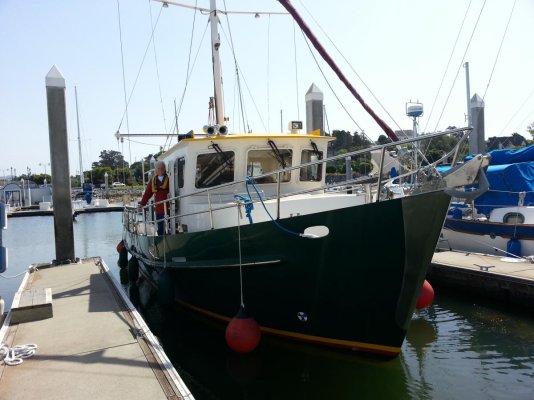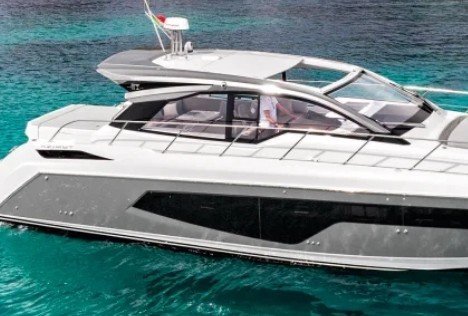Can I add my pet peeve to this? Probably happened to all of you at one time. The "good samaritan" that rushes up to grab a bow line as you are pulling in and to help you stop the boat chooses to immediately cleat the line off about the middle of the dock, spinning your stern into the boat you are sharing a slip with. All this while your most experienced hand--my wife in this case--is getting ready to step off from the cockpit and into what is now a rapidly opening chasm that guarantees a swim. Now every time I see a good samaritan coming to help I say thanks, wait to cleat it until I say so, which will be after my wife cleats the stern line! Took two of these great embarrassments with lots of yelling from my spouse to end this practice. And now with a bigger trawler, this is vitally important.
I am with the earlier instructions for guests. "Thanks for your offer to help. We got this."
As for windows and fingers...yikes!





